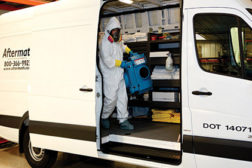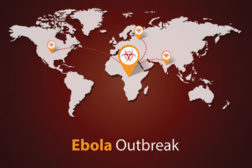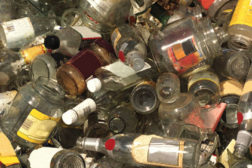ARTICLES
What Bio-Remediation Professionals Can Learn from the Ebola Outbreak
The chance of an Ebola outbreak in the U.S. is slim, but it’s a good reminder for biohazard professionals on the importance of properly dealing with bacteria and viruses.
Read More
Cleaning Infectious Disease
Every infectious disease case is a biohazard situation, and every biohazard situation can include infectious disease
Read More
Get our new eMagazine delivered to your inbox every month.
Stay in the know on the latest disaster restoration and remediation trends.
SUBSCRIBE TODAY!Copyright ©2022. All Rights Reserved BNP Media.
Design, CMS, Hosting & Web Development :: ePublishing




